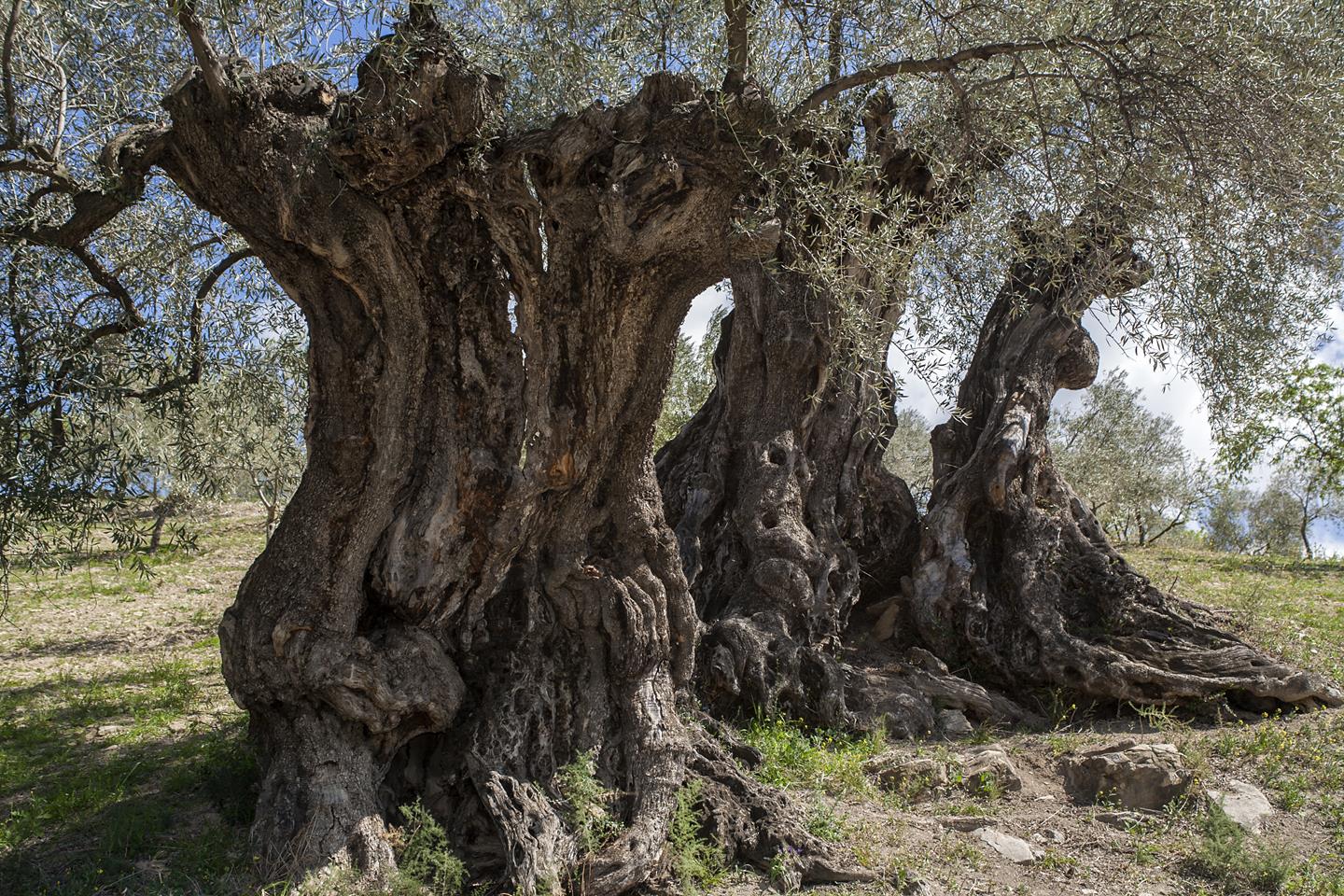Olive trees are closely connected with earliest records of our history, with records and finding confirming that this tree became commercially cultivated in the territories of Crete and ancient Syria more than five thousand years ago. And even before commercial cultivation, olives were used in our ancestor’s diets on the territories of Egypt, Create, Greece, Macedonia, Italy, Spain, and others. The oldest surviving records of olive leaves were found on Greek Island of Santorini, which was dated to 60 thousand years old.With such rich history, olive trees, fruit, and olive oil became more integral parts of many surviving ancient text, art and artifacts. Olive branches were found in the tomb of Egyptian pharaoh Tutankhamun, where olive oil, branches, and lumber were mentioned numerous times in the QURAN, often as a symbol or peace, wisdom, glory, fertility, power, and purity. Ancient Greece had a close connection with Olive trees and oil, while in Ancient Rome olive fruit was an important part of the Roman diet. Olive tree and oil were also mentioned several times in Quran.The oldest surviving olive tree is disputed, with several candidates being found across the Mediterranean and other territories across the world. The olive tree on the island of Brijuni (Brioni),Istria in Croatia, has confirmed the age of around 1600 years, one west Athens tree is aged at 2,400 years until it was uprooted in 1975 in a traffic accident. One Crete tree is estimated to be over 2 thousand years old, and some trees in Italy and Lebanon are claimed to be over 3 thousand years old.
The oldest certified olive tree is aged 2000 years. It is located in Greece, and it still bears fruit. An average lifespan of an olive tree is between 300 and 600 years.
Origin

09
Avr
